I’m a Nutritionist—Here’s What I Eat in a Day for Balanced Blood Sugar
Come for the food, stay for the wisdom. The post I’m a Nutritionist—Here’s What I Eat in a Day for Balanced Blood Sugar appeared first on Camille Styles.
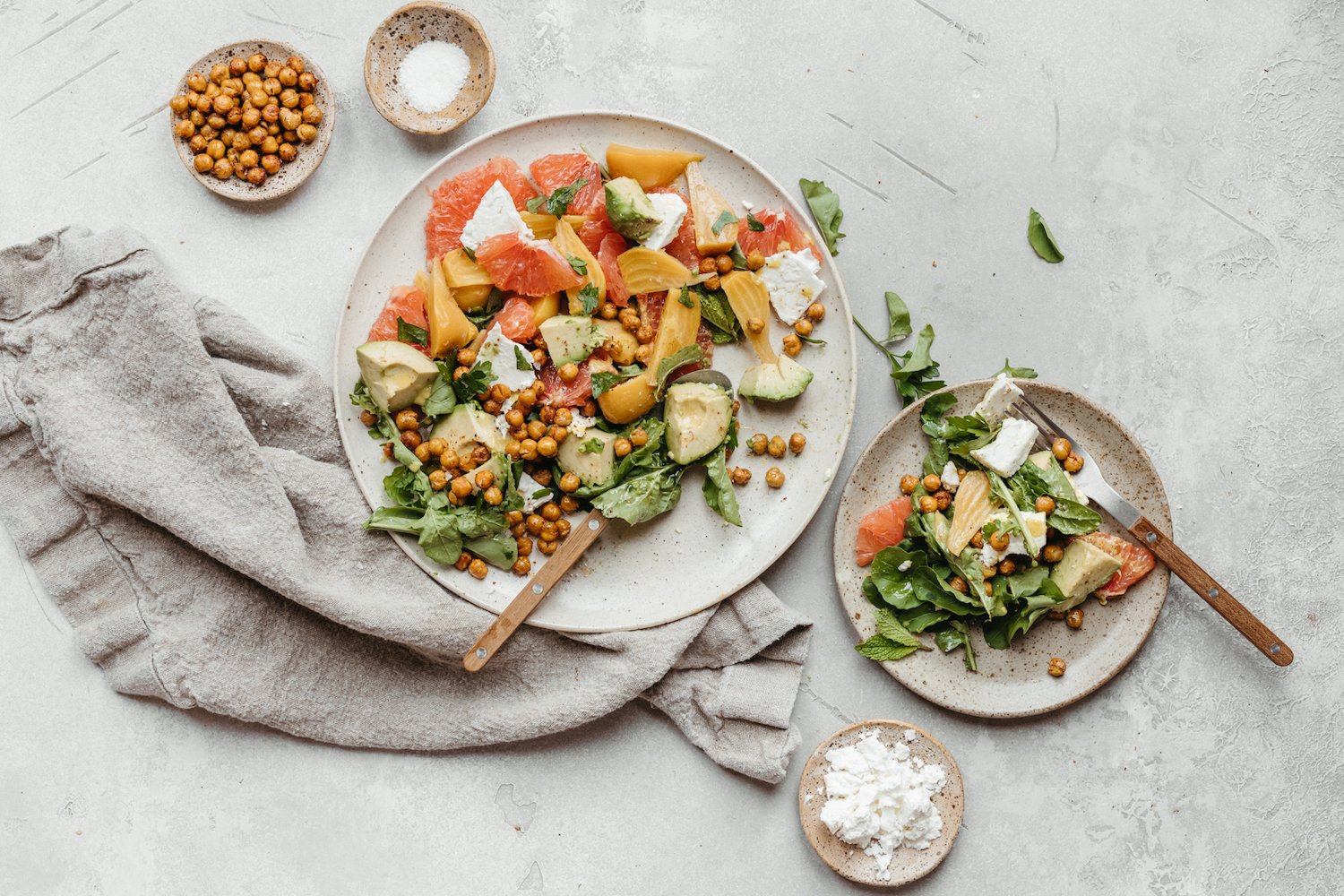
Whether you’re intrigued, in a recipe rut, or need balanced meal ideas, welcome. There’s a seat at the table for everyone. But before we go any further, let’s make one thing clear: this is simply a glimpse into my dietary choices—the tiniest pulse on the intricacies of individuality. In many ways, eating is multifaceted. From food preferences and dietary allergies to cultural traditions and accessibility, human nutrition is incredibly nuanced. Tack on the era of ‘What I Eat In A Day’ videos, and it’s easy to forget our own bio-individuality. So, in the spirit of intuitive eating, I’m sharing what I eat in a day—blood sugar balance edition. These are (easy and satisfying!) meals that support hormone health, steady energy, optimal focus, and restful sleep.
Featured image by Michelle Nash.
1 of 17
Determine Your Nutrition Philosophy
Before we tap into how to build a balanced plate—and the juicy deets on why I don’t count calories—let’s begin with my nutrition philosophy. In part, this is to provide context. More importantly, it’s a gentle nudge to determine your own nutrition philosophy. Doing so is two-fold: it can help you feel confident in your food choices and achieve your health goals. With that said, I’m a mom to a toddler navigating work and family life in Denver, Colorado. I’m very active and life is full! As such, my body needs a lot of fuel. I don’t shy away from honoring my hunger, knowing that an engine doesn’t run without adequate energy.
2 of 17
A Positive Relationship With Food Takes Time
After spending most of my early 20s under-fueling and overexercising, my current nutrition philosophy is rooted in self-worth.
Repeat after me: I am worthy of fueling my body with nutritious ingredients. I am worthy of eating for pleasure. I am worthy of satisfying my cravings and hunger.
You get the gist. Ultimately, I aim to combine holistic nutrition principles with the joyful embrace of all foods. I believe in recognizing that nourishment extends beyond mere nutrients. It encompasses the interconnectedness of body, mind, and soul. I love embracing a variety of whole, unprocessed foods while honoring daily cravings and what’s in season. Simultaneously, I know that a positive relationship with food takes time. It comes from listening to internal cues—and honoring them—to keep a steady rhythm of trust.
3 of 17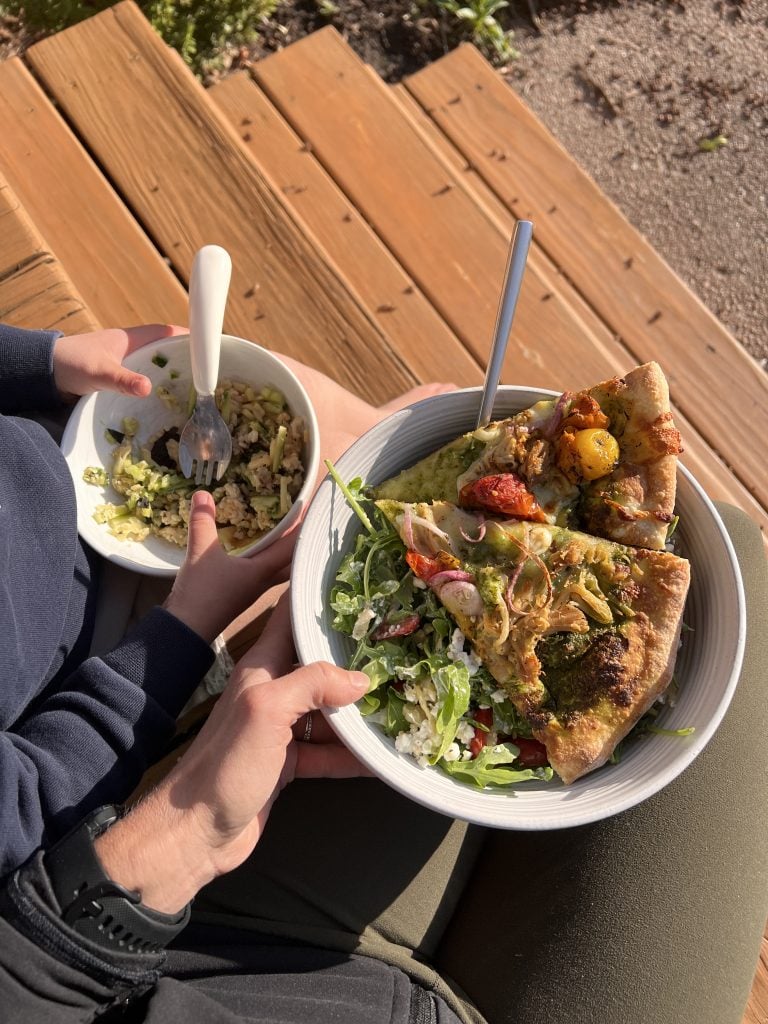
What are the components of a healthy meal?
As often as possible, I prioritize building nourishing, balanced meals—and not just for myself, but for my family, too. And no, this doesn’t mean I’m spending hours in the kitchen. Efficiency is key. So, what does a balanced meal look like? Ultimately, you want to incorporate all three macronutrients: protein, fat, and carbohydrates. More specifically, 4-6 ounces of protein, 1-2 sources of healthy fats (avocados, nuts, seeds, olive oil, etc.), half a plate of fiber-rich vegetables (leafy greens, broccoli, Swiss chard, etc.), and a serving of starchy carbs (rice, whole grain pasta, potatoes, etc.).
Keep in mind that these are general portions. Consider working with a health coach or Registered Dietitian for personalized nutrition support.
4 of 17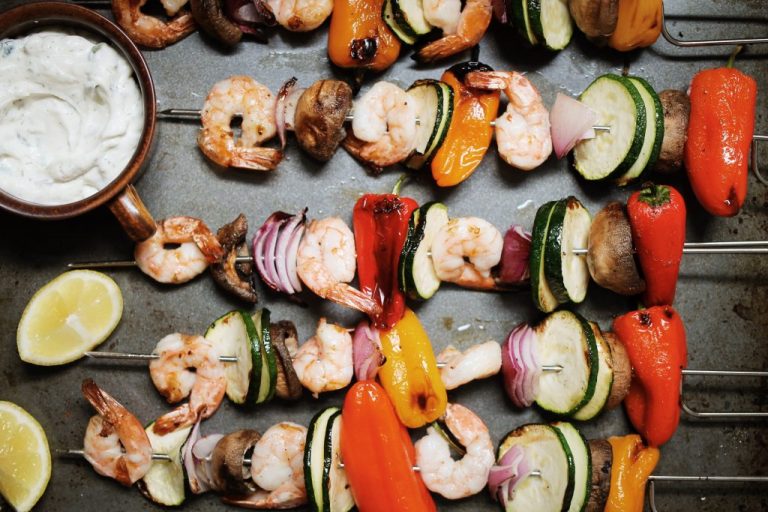
Support Blood Sugar Balance
Speaking of balance, let’s dig into another important piece of the puzzle: blood sugar. Also known as blood glucose, it refers to the amount of sugar present in the bloodstream. It’s our primary source of energy! As a woman with polycystic ovary syndrome, stable blood sugar is at the top of my list. After all, balanced blood sugar helps minimize PCOS symptoms.
What does this look like in practice? Eating a diet rich in low-glycemic index foods, lean proteins, healthy fats, and a variety of colorful produce. All of that said, everyone benefits from stable blood sugar. It’s crucial for overall health and well-being.
5 of 17
Hunger Is Dynamic
Rather than count calories—an exhaustive task—consider a more fluid approach. Hello, intuitive eating. This style of eating doesn’t impose guidelines on what to avoid or when to eat. Instead, it teaches you to trust yourself. Without realizing it, your body is innately intuitive. However, many of us struggle to stay in sync with our natural hunger signals, given all of the diet-related messages we consume. Hunger is a dynamic sensation—like the weather, it varies from day to day. It’s influenced by everything from your physical activity and sleep quality, to your individual metabolism, hormones, emotional state, and more. Curious about intuitive eating? Here’s where to start.
6 of 17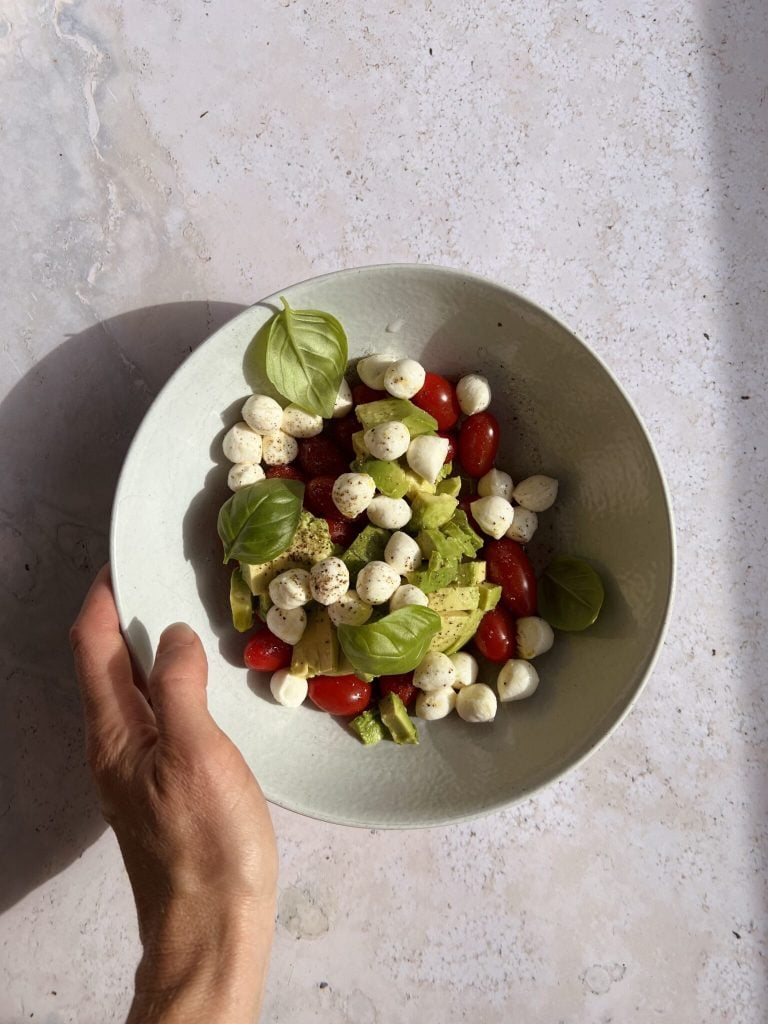
Signs You Aren’t Eating Enough
In a world obsessed with diet culture, it’s not uncommon to find yourself trapped in the eating-less-is-better mentality. But remember, you need energy to thrive! Are you eating enough? There are several signs that indicate you may not be eating enough to meet your body’s nutritional needs:
Chronic fatigue. When you don’t consume enough food, your body lacks the necessary fuel to sustain its daily activities, leading to persistent fatigue and feeling drained. Significant and unexplained weight loss. If you’re experiencing a noticeable—and unintended—decrease in weight, it could be an indication that you’re not consuming enough calories to maintain your body’s needs. Weakened immune system. Inadequate nutrition weakens the immune system, making you more susceptible to infections and prolonged recovery periods. Difficulty concentrating. Hello, mental fog. The brain requires a steady supply of energy from food to function optimally. Insufficient calorie intake can impair cognitive function. Changes in your menstrual cycle or loss of menstruation. Inadequate calorie intake can disrupt hormonal balance and lead to irregular or absent menstrual periods. Constant feelings of hunger. Duh! Chronic hunger, despite consuming regular meals, can be a sign that you are not consuming enough calories to satisfy your body’s energy requirements. Hair loss and brittle nails. Insufficient calorie intake can impact the health and appearance of your hair and nails, resulting in thinning hair, hair loss, and brittle or weak nails. Mood swings. Inadequate nutrition can affect neurotransmitter balance and lead to mood disturbances, including irritability, anxiety, and depression.If you experience any of these signs, consult with a healthcare professional to evaluate your nutritional status and develop a suitable plan to meet your body’s needs.
7 of 17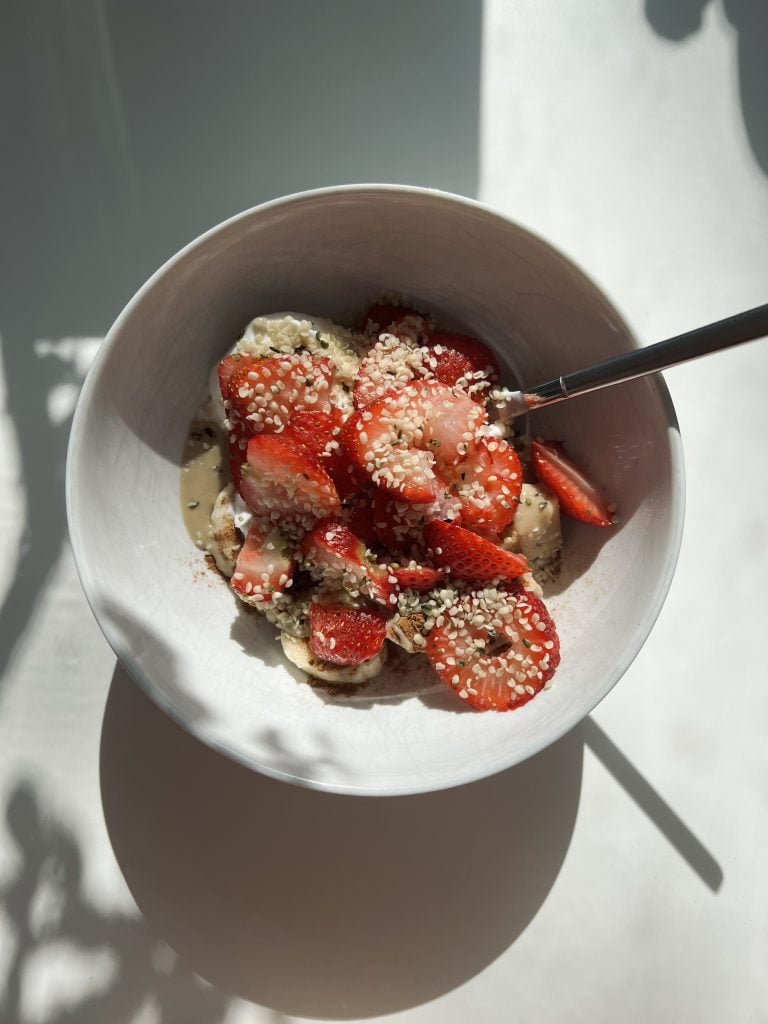
What I Eat In A Day
Without further ado, below are recent eats in a day. I don’t have any dietary allergies or restrictions, but I focus on food quality and overall nourishment.
Remember, this is meant to be a source of inspiration—not copied, bite-for-bite. Based on your genetics, lifestyle, etc. your nutrition needs are different than mine. Bon appétit!
Breakfast
Shortly after waking, I rehydrated via electrolytes. In fact, I sip electrolytes all day! A balance of electrolytes—sodium, potassium, etc.—is necessary to maintain optimal hydration. I also enjoyed a matcha latte (not pictured) with unsweetened almond milk and a few drops of monk fruit. It’s my favorite way to start the day.
Although I typically prep overnight chia pudding, I opted for protein pancakes on this particular morning. For this recipe, I used a boxed pancake mix and added collagen peptides to the batter. I topped the stack with Greek yogurt, almond butter, chia seeds, hemp seeds, bee pollen, and frozen wild blueberries. I also took my supplements.
8 of 17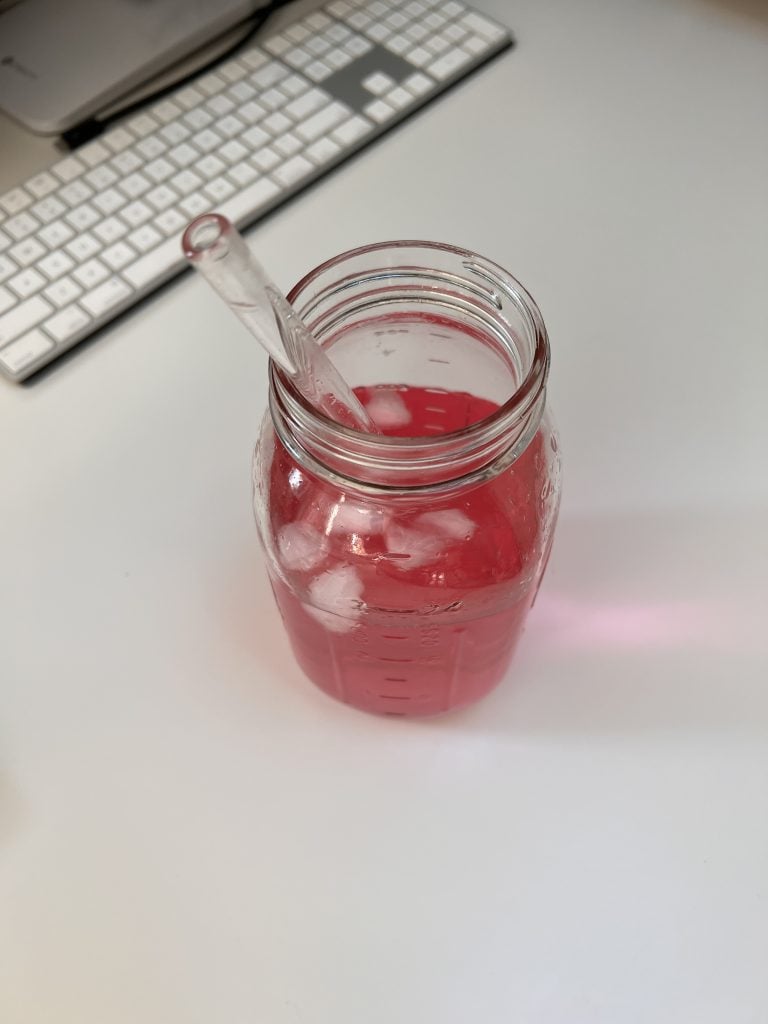
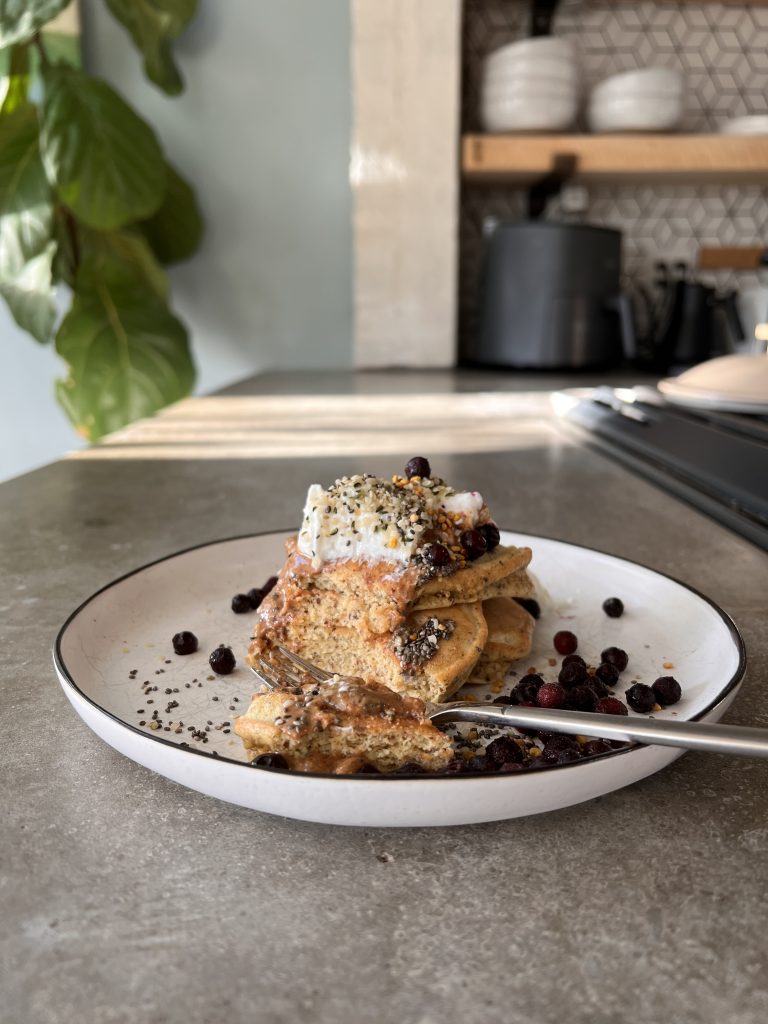
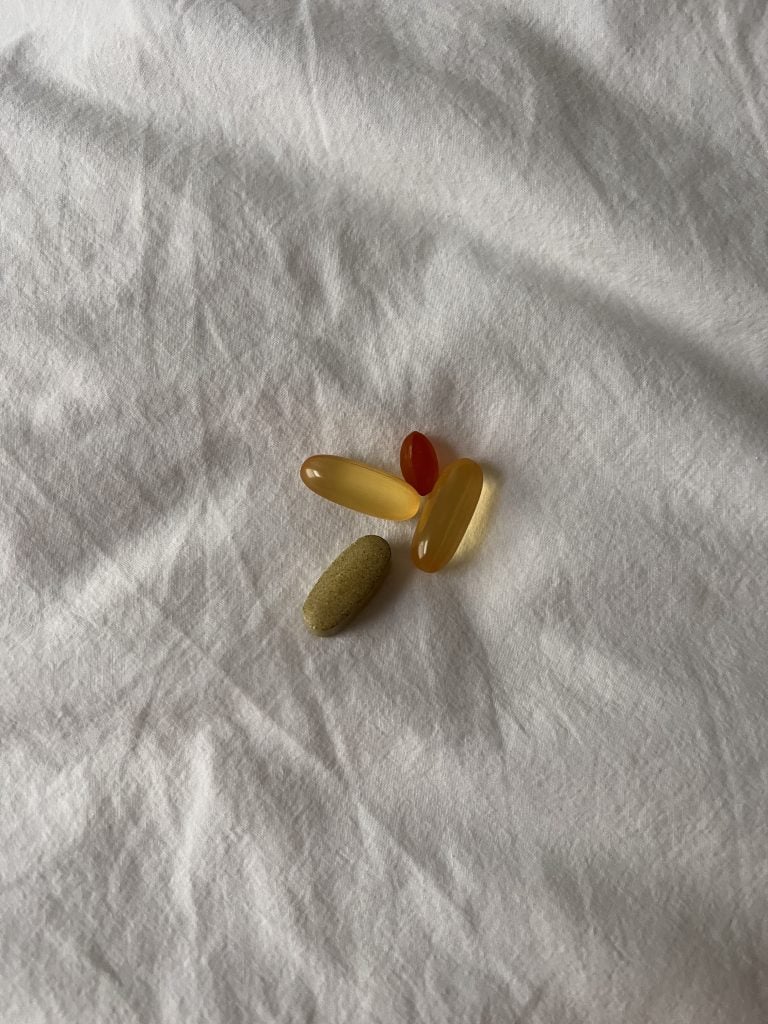
Snack
Mid-morning, I noshed on this convenient bar while running errands. This bar doesn’t have as much protein as I would normally prefer, but it’s high in fiber, low in sugar, and made with simple ingredients.
11 of 17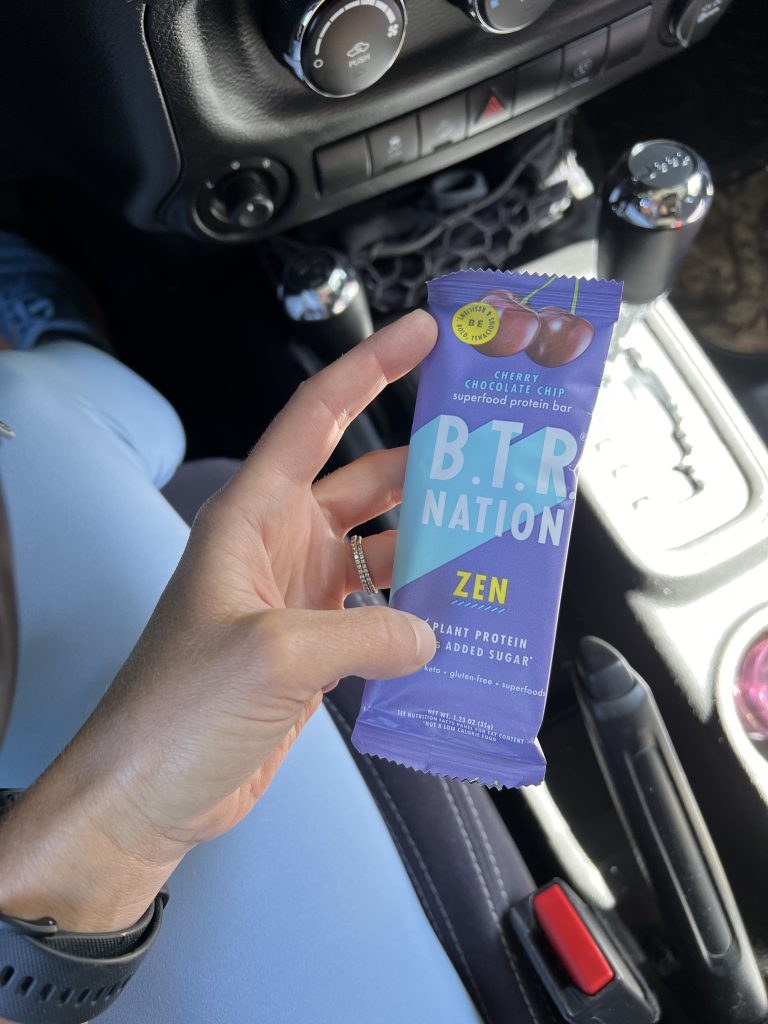
Lunch
An everything-but-the-kitchen-sink salad was on the menu today! I threw together leafy greens from our local farmers market, micro greens, leftover air-fried chickpeas, deli ham, cottage cheese, avocado, beet sauerkraut, and my toddler’s uneaten scrambled egg (mom life). I topped my bowl with olive oil and balsamic vinegar. When it comes to lunch, I aim for something quick and energizing. It’s usually eggs or some form of leftovers—and getting around 30g of protein is key for satiation.
12 of 17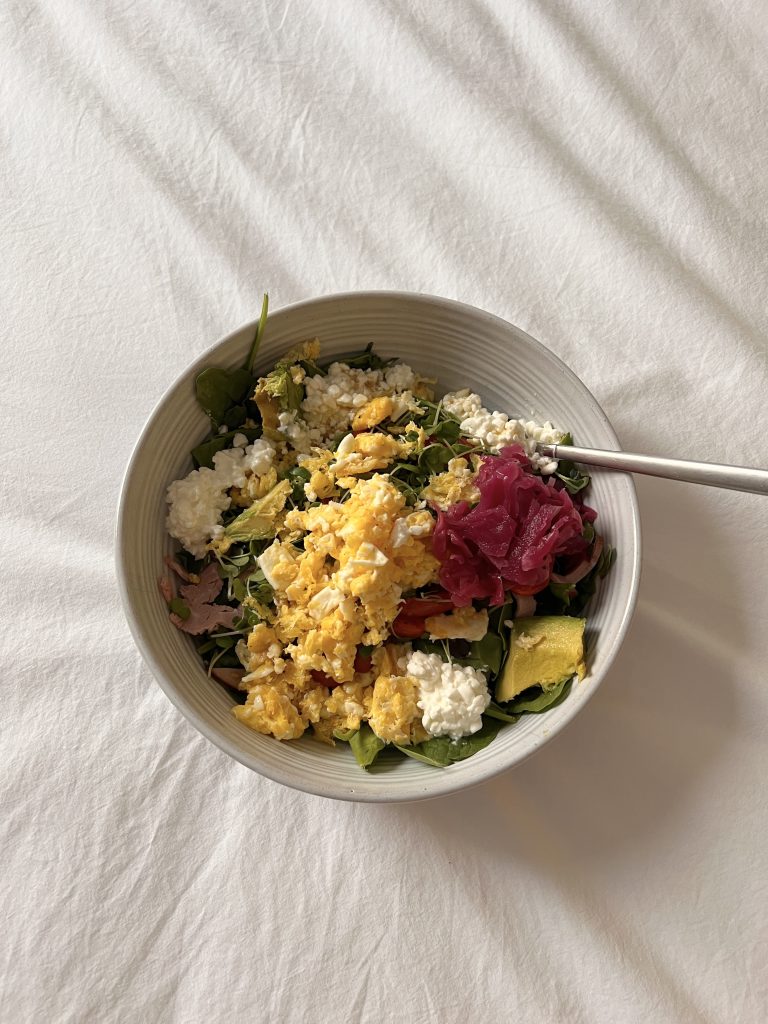
Snack
For an afternoon snack, I had a slice of seedy bread, avocado, cottage cheese, smoked salmon, red onion, capers, microgreens, and a generous squeeze of lemon juice. This protein and fat-rich snack kept me full all evening!
13 of 17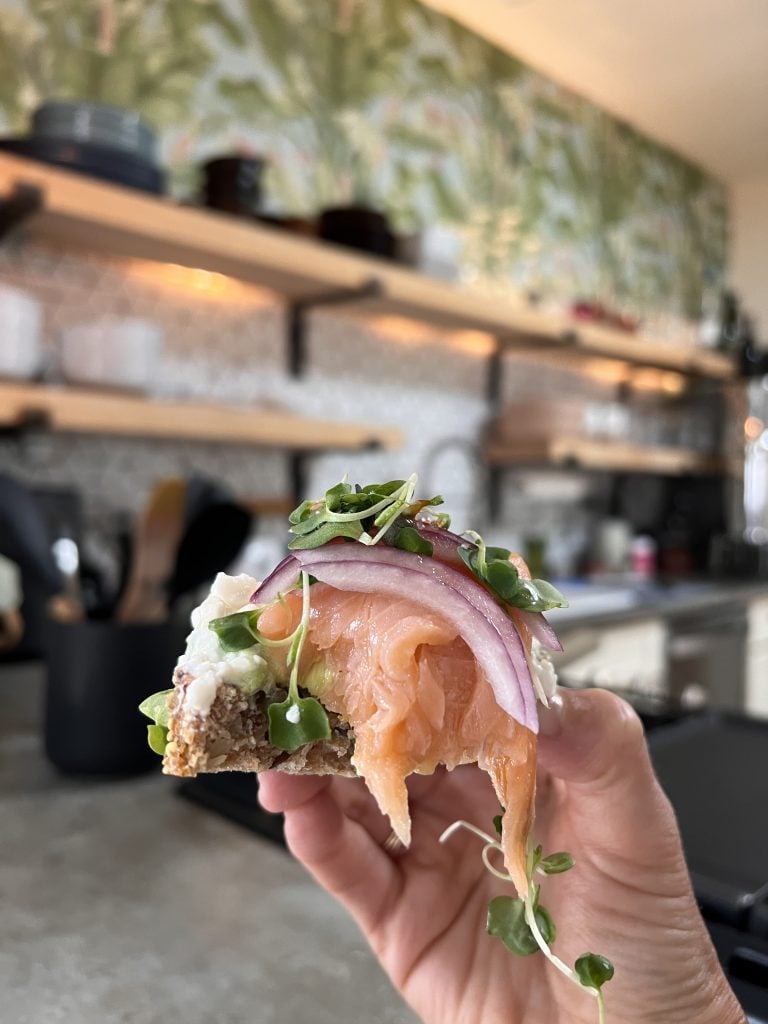
Dinner
Thanks to my hearty afternoon snack, dinner was on the lighter side: cauliflower rice stir-fry with garlic, ginger, shrimp, veggies, an egg, avocado, cilantro, and lime juice. I sautéed everything in sesame oil and coconut aminos.
14 of 17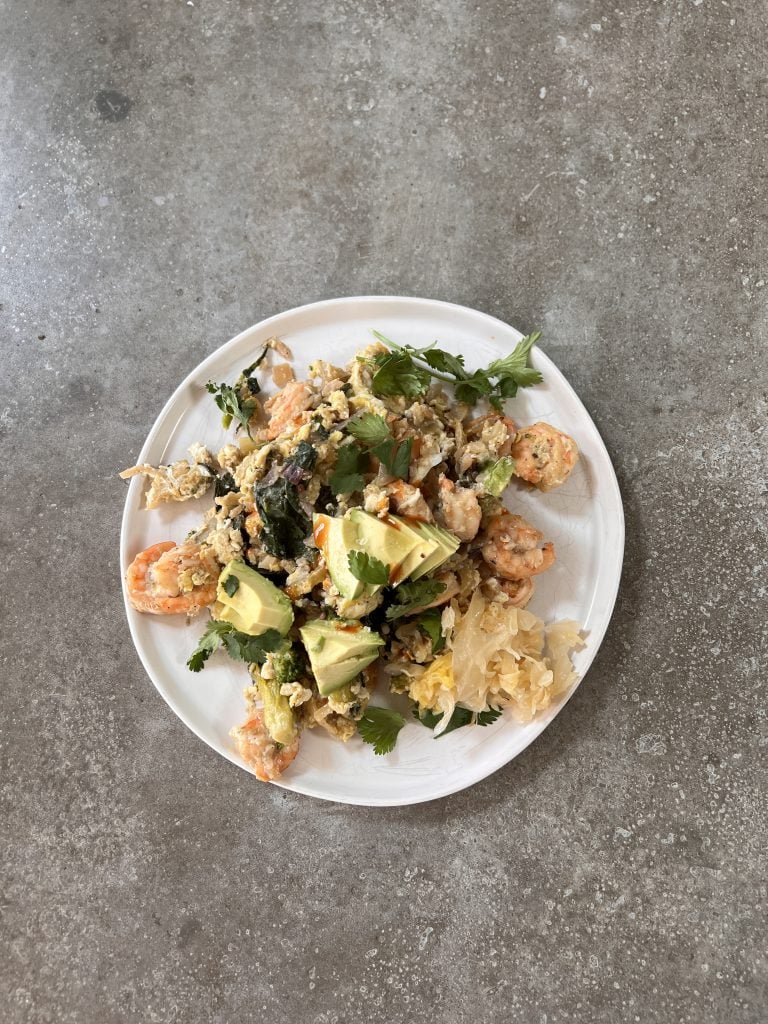
Dessert
Satisfying my sweet tooth is a daily (sometimes, multiple times a day!) occurrence. On this night, I had a couple squares of this chocolate and a few bites of my son’s vanilla ice cream (again, mom life).
15 of 17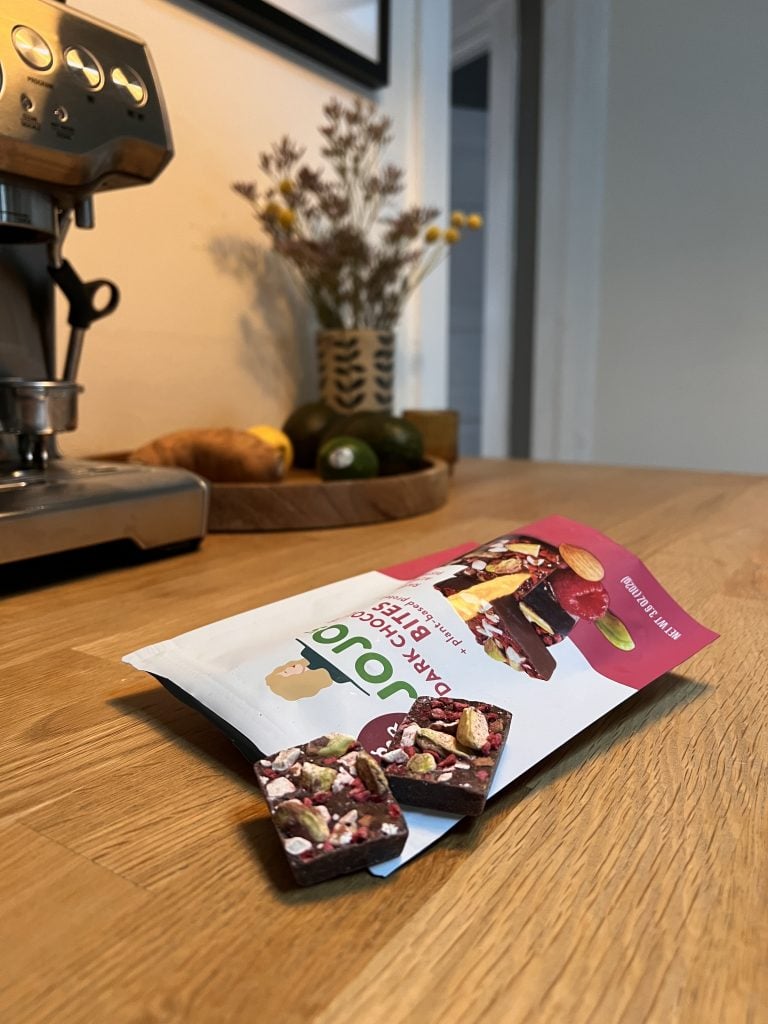
Nightcap
For my nightcap, I had a protein hot chocolate (I mix Vital Proteins chocolate collagen peptides with whole milk and boiling water) as well as my magnesium supplement.
16 of 17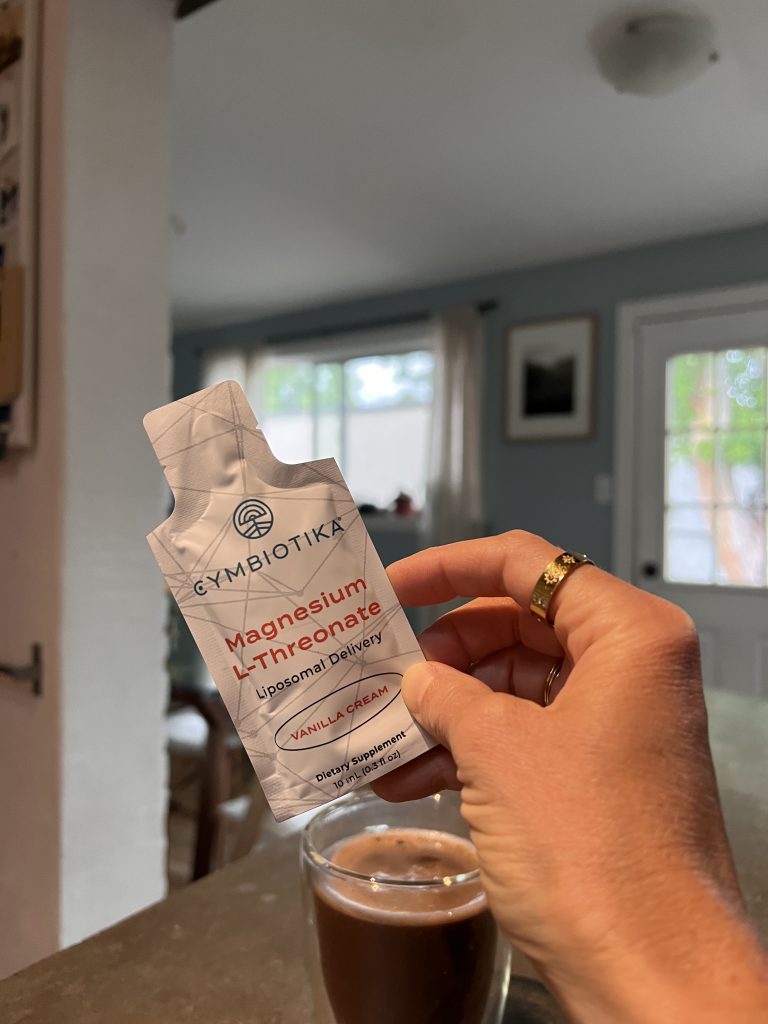
Final Thoughts
To bring this WIEIAD full circle, remember: this is merely a snapshot in time. Hunger fluctuates, daily. No two days of eats look the same. Additionally, when I photographed these meals and snacks, I was in my follicular phase. Hormonal fluctuations (and cravings) impacted my food choices!
Ultimately, honoring hunger cues is one of the most impactful ways to build self-trust. Just like a sophisticated machine, the body communicates through various signals—and hunger is one of its most crucial messages. By learning to listen to your hunger, you can help it perform optimally and nurture the place you call home: your body.

 Tfoso
Tfoso 































